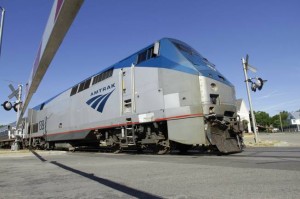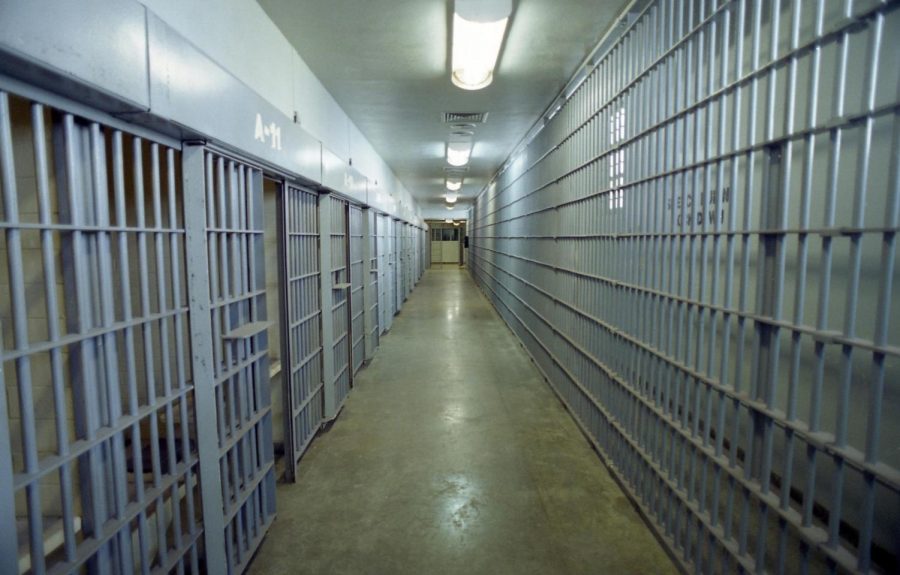Planning has recently begun regarding Amtrak’s new high-speed rail, proposed to extend from Washington D.C., through Philadelphia, Manhattan, Hartford, and Boston. The Connecticut section would include stops in Danbury, Waterbury and Hartford, bypassing major shoreline cities such as Stamford and New Haven and leaving many commuters displeased.
The Federal Railroad Administration (FRA), part of the U.S. Department of Transportation, has just entered the early planning stage for Amtrak’s heavily-traveled 457-mile Northeast Corridor in a document titled, “NEC Future: A Rail Investment Plan for the Northeast Corridor.”

Amtrak’s 30- year “NextGen High-Speed Rail Alignment” will cost a proposed $151 billion to build and would bypass nearly all of the existing Amtrak/Metro-North line.
A separate plan, developed and endorsed by the University of Pennsylvania’s high-speed rail studio proposed a plan costing approximately $100 billion to build a new rail line that would head from Manhattan to Long Island, then through an 18-mile tunnel beneath the Long Island Sound to reach a Milford stop before continuing on to New Haven, Meriden and Hartford. This plan, along with the first, does not provide a Stamford stop, a critical point on the New Haven line.
New Haven residents and representatives are outraged by the proposed plan and have been urging citizens to contact local and federal legislators in order to demonstrate the importance a New Haven stop serves to riders and commuters, alike.
“I think that we need to be included. We’re a major city in this state and for it to circumvent New Haven just doesn’t make sense,” said Anthony Rescigno, president of the Greater New Haven Chamber of Commerce. “This is an economic development issue. This will impact us from an economic development point of view.”
Chairman of New Haven’s Economic Development Commission, David Silverstone, agreed with Rescigno’s sentiments.
“I think you have to remember that rail service to New Haven is critical,” Silverstone said. “If we don’t have high-quality, high-speed rail service, that’s a real problem for the region. The airport…clearly doesn’t provide the kind of service that we need. Therefore we’re relying on high-quality, high-speed rail service.”
A major issue with Connecticut’s existing stretch of shoreline Amtrak line is that it covers a winding pathway littered with aging bridges that already prevent Amtrak’s fastest train, the Acela, from reaching top speeds in Connecticut.
Ultimately, the decision is up to the FRA, which is the funding body for all rail transportation service. They are currently in the early planning stages, which will take up to 38 months to complete.


















